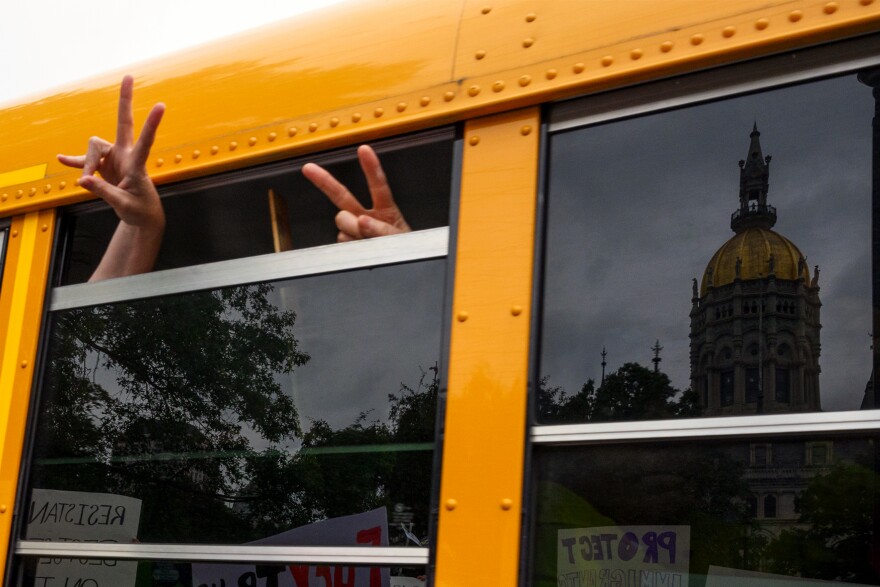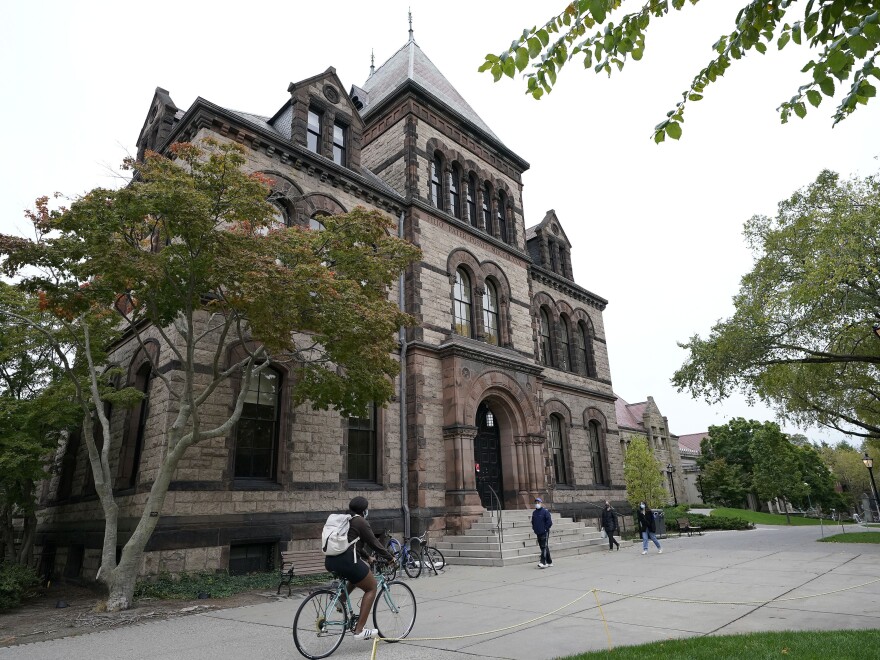Following the Trump administration’s decision to release roughly $7 billion in blocked money for K–12 school programs, Connecticut lawmakers are responding with relief and some annoyance.
On June 30, districts in Connecticut were informed that the congressionally approved funding was being reviewed “to ensure grants align with President Donald Trump’s priorities.” More than $53 million for Connecticut school districts that would have been accessible on July 1 was included in the total.
The Education Committee in Connecticut is co-chaired by State Representative Jennifer Leeper (D-Fairfield). She claimed that the freeze placed school districts in a challenging situation by causing confusion and needless worry in the system before to the start of the academic year.
“You’re rushing to figure out where you’re going to make up those funds and which positions you’re going to have to cut if you’re not sure how much money you’re receiving,” Leeper said. And they are frequently the jobs that are there to help our students who most need the extra help.
According to her, that financing provides assistance for students who are multilingual or may have difficulties. According to her, disengaged youth—students who are at risk of dropping out of school or have already done so—would have also been impacted.
While applauding the federal scrutiny, Republican leadership in the General Assembly also welcomed the funding’s release.
The president’s willingness to pose difficult questions, such as “How are these dollars being spent?” is praised by Republicans. Do they truly provide good service to our students? said State Representative Lezlye Zupkus (R-Prospect), a ranking member on the Education Committee, and House Minority Leader Vincent Candelora (R-North Branford).
Meanwhile, Democrats see it as just another opportunity to show off. According to a statement, they have demonstrated no concern in accountability, only in stirring up controversy, issuing press releases, and boasting about fictitious successes that will not raise student achievement.
Cities are worst devastated, but many towns are also impacted.
According to a report by the nonpartisan research nonprofit School and State Finance Project, the funding freeze has impacted the great majority of Connecticut’s cities and towns.
The U.S. Department of Education announced in an official notice that it would start releasing funds the week of July 28. “These resources are crucial to maintaining the programs and services that our districts rely on to support students,” the Connecticut Department of Education said in a statement. As more information becomes available, the state agency said it will notify superintendents and grantees.
Only a small number of localities were exempt from the freeze, the report said.
School districts in the biggest cities in Connecticut, such as Hartford, Waterbury, New Haven, and Bridgeport, were the ones who lost the most money—roughly $3 million each.
In mid-July, the Trump administration was sued by half of the states, including Connecticut, over the money freeze.The lawsuit contends that federal law requires the administration to provide financial support for initiatives that enhance instruction and technology in the classroom, as well as for children of migrant workers and English language learners.
Members of Congress on both sides of the aisle also strongly opposed the move. In separate letters, ten Republican U.S. Senators and numerous U.S. House members urged the Trump administration to return the billions of dollars in funding.
The reversal also relieved state senator Doug McCrory (D-Hartford), who co-chairs the Education Committee. He said that the additional loss would have destroyed underfunded educational systems like Hartford’s.
“The fact that they were going to have cuts made it even more dangerous because they already have trouble finding people to fill positions in the school system,” McCrory added.






